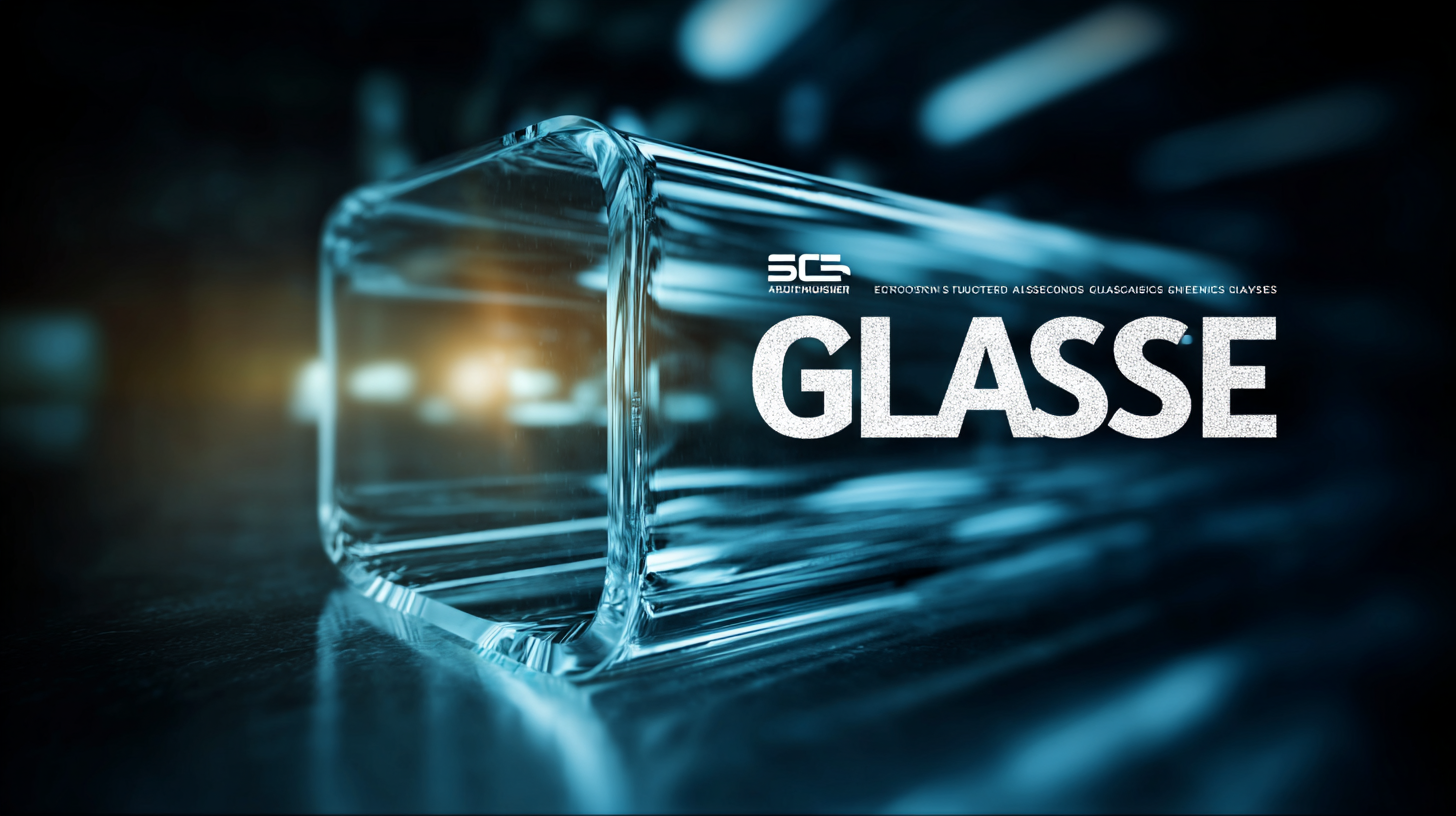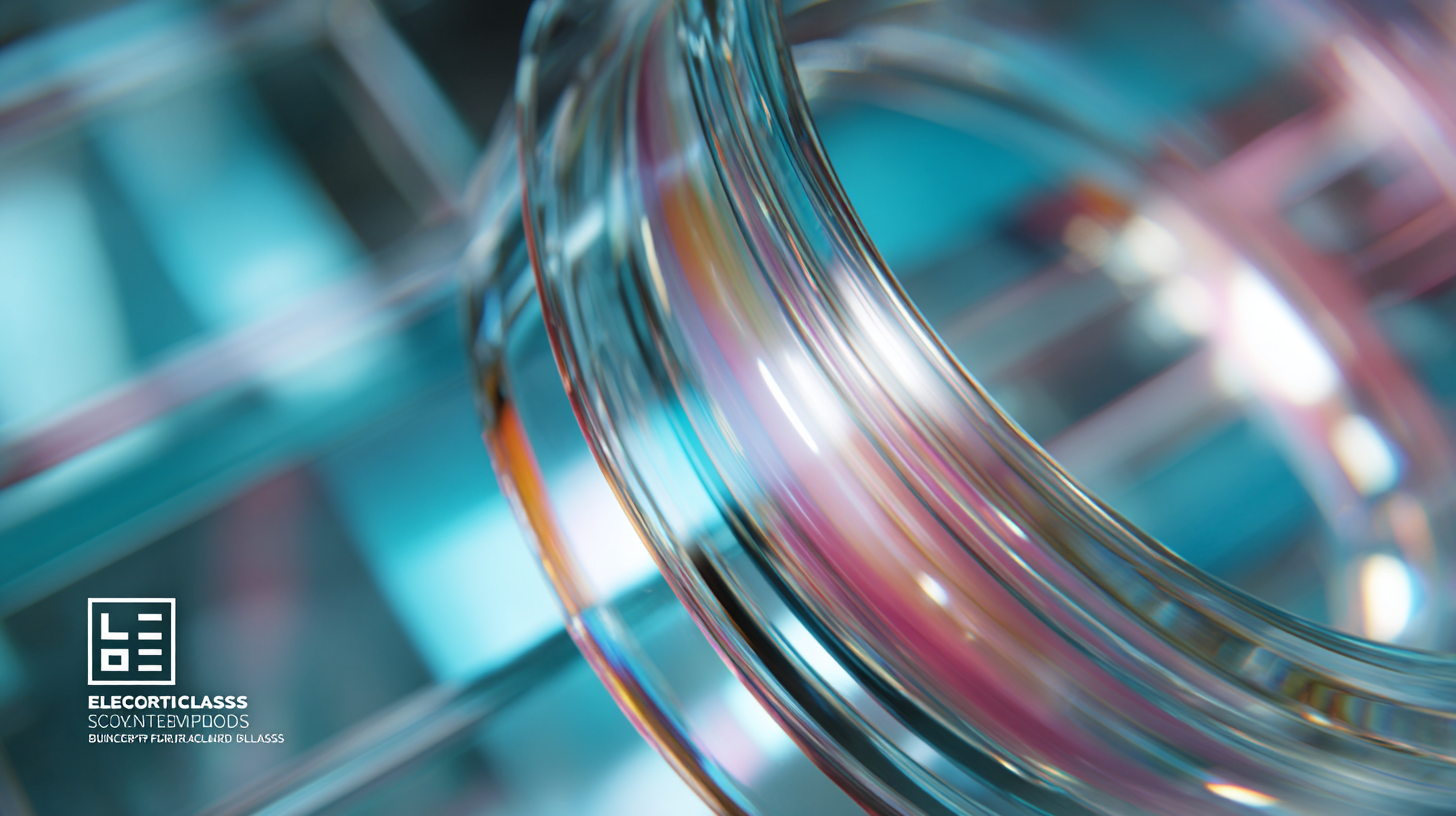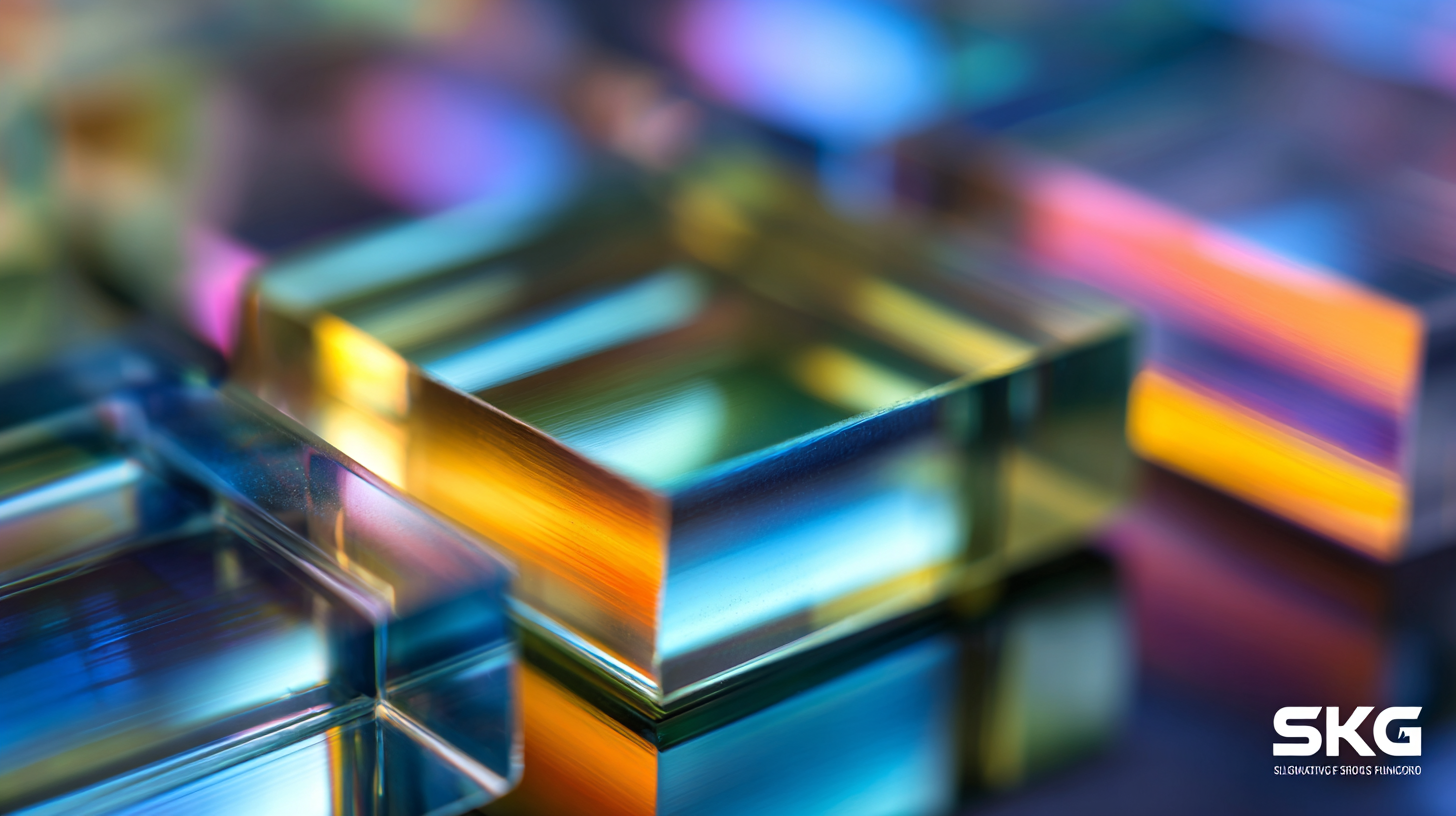
As the demand for sustainable building solutions increases, the role of Electrochromic Glass in modern architectural design has gained significant attention. According to a report by MarketsandMarkets, the global electrochromic glass market is expected to grow from USD 2.9 billion in 2021 to USD 5.8 billion by 2026, at a CAGR of 15.3%. This surge is propelled by the heightened emphasis on energy efficiency and the integration of smart technologies in buildings. Understanding industry standards for the production and certification of Electrochromic Glass is crucial for manufacturers aiming to meet both domestic and international regulations.

This blog will explore the essential export-import certifications and provide guidance on best practices for producing high-quality Electrochromic Glass, ensuring compliance with the increasingly stringent requirements in this evolving market.
The evolution of electrochromic glass is marked by significant advancements that are shaping the industry. As we approach 2025, several trends stand out, driving the demand for smarter, more energy-efficient architectural solutions. One key trend is the integration of electrochromic technology in modern building designs, which not only enhances aesthetic appeal but also provides excellent energy management. The ability to control light and heat directly contributes to energy savings, making these products increasingly attractive in the era of sustainable architecture.

Moreover, the development of advanced materials and manufacturing processes plays a crucial role in this evolution. Innovations such as flexible substrates and enhanced ion-conducting layers enable more efficient and cost-effective production methods. This not only lowers the overall cost of electrochromic glass but also broadens its application range to include vehicles and smart devices. As these technologies continue to mature, we can anticipate a surge in adoption across various sectors, radically transforming how we think about and utilize glass in our daily lives.
Electrochromic glass is rapidly gaining traction in the construction and automotive industries, driven by its energy efficiency and ability to enhance privacy and comfort. However, the production of this advanced material is heavily influenced by regulatory standards that ensure safety and environmental compliance. One of the primary regulatory frameworks impacting electrochromic glass production is the International Electrotechnical Commission (IEC) standard, which covers safety requirements for electrically conductive materials. This standard mandates rigorous testing procedures, including assessing the durability and reliability of electrochromic glazing systems under extreme weather conditions.
Another crucial standard is the American National Standards Institute (ANSI) Z97.1, which outlines the safety performance for architectural glass. This regulation specifies the impact resistance and proper labeling of safety glass, integrating necessary precautions against potential hazards. According to a MarketWatch report, adherence to these regulatory standards not only protects consumers but also allows manufacturers to tap into the growing market, projected to reach $7 billion by 2027. By aligning their production processes with these key standards, electrochromic glass manufacturers can ensure product integrity and contribute to a more sustainable future.

In the rapidly evolving field of electrochromic glass manufacturing, innovations are at the forefront of driving efficiency and sustainability. By integrating advanced technologies such as automated production lines and machine learning algorithms, manufacturers are optimizing processes that once relied heavily on manual labor. This automation not only accelerates production rates but also minimizes human error, resulting in higher quality products that meet stringent industry standards.
Another significant development is the use of sustainable materials in the production of electrochromic glass. Researchers are exploring eco-friendly coatings and substrates that enhance performance while reducing environmental impact. Enhanced energy efficiency is also achieved through innovations like smart control systems that enable precise adjustments based on ambient conditions. These advancements not only contribute to lower operational costs but also resonate with the growing demand for sustainable building solutions in the market.
As the electrochromic glass industry continues to mature, embracing these innovations will be crucial for manufacturers seeking to maintain competitive advantages. The fusion of technology and sustainability will pave the way for a future that prioritizes both efficiency and environmental responsibility, setting the stage for the next wave of breakthroughs in glass production.
| Standard/Innovation | Description | Impact on Production Efficiency | Adoption Level (%) |
|---|---|---|---|
| Automated Coating Systems | Use of robotic systems to apply electrochromic coatings. | Increases precision and reduces waste. | 75% |
| Smart Control Systems | Advanced algorithms for real-time control of glass tinting. | Enhances user experience and energy efficiency. | 60% |
| Quality Assurance Testing | Standardized tests for durability and performance prior to release. | Reduces failures in the field, increasing customer satisfaction. | 85% |
| Sustainable Materials Usage | Incorporating recycled and eco-friendly materials in production. | Improves environmental footprint while attracting eco-conscious customers. | 50% |
| Integrated Supply Chain Management | Streamlining the supply chain from raw materials to end product delivery. | Enhances overall operational efficiency and reduces costs. | 70% |
Sustainability practices in the electrochromic glass industry are becoming increasingly pivotal as environmental concerns continue to rise. This innovative technology not only enhances building aesthetics and energy efficiency but also plays a crucial role in reducing carbon footprints. The integration of sustainable materials and processes in the production of electrochromic glass is essential for aligning with global sustainability goals.
To promote sustainability, manufacturers should prioritize using environmentally friendly raw materials, such as recycled glass and low-impact coatings. This shift not only cuts down on waste but also minimizes the energy required during production. Additionally, implementing energy-efficient manufacturing techniques can significantly lower greenhouse gas emissions, making the production process more eco-friendly.
Tip 1: Regularly assess your supply chain for sustainable practices to ensure that all components of your electrochromic glass are environmentally responsible.
Tip 2: Educate your workforce on sustainability initiatives and the importance of reducing waste in the manufacturing process, as informed employees can contribute effectively to achieving eco-friendly goals.
By committing to these practices, the electrochromic glass industry can lead the way in sustainable innovation while meeting the growing demand for energy-efficient solutions.
The electrochromic glass market is expected to experience significant growth by 2025, driven by advancements in technology and increasing awareness of energy efficiency. According to a recent report by MarketsandMarkets, the global electrochromic glass market is projected to reach USD 5.12 billion by 2025, growing at a CAGR of 15.4% from 2020. This growth can be attributed to the rising demand for smart windows in commercial and residential applications, where energy savings and improved aesthetics are key drivers.
Moreover, the integration of electrochromic glass in the automotive sector is gaining momentum, with companies like Tesla exploring its potential for enhancing vehicle comfort and energy management. The International Energy Agency highlights that the adoption of such technologies can reduce energy consumption in buildings by up to 30%, aligning with global sustainability goals. As new materials and production techniques emerge, manufacturers are poised to capitalize on these opportunities, shaping the future landscape of electrochromic glass and supporting its broader application across various industries.